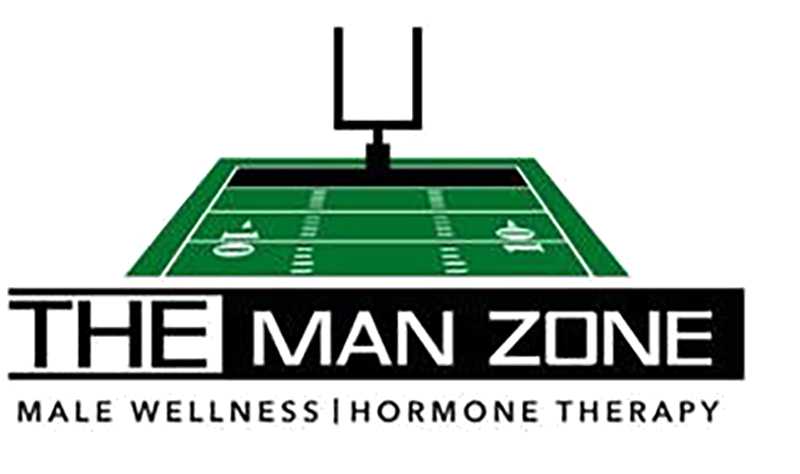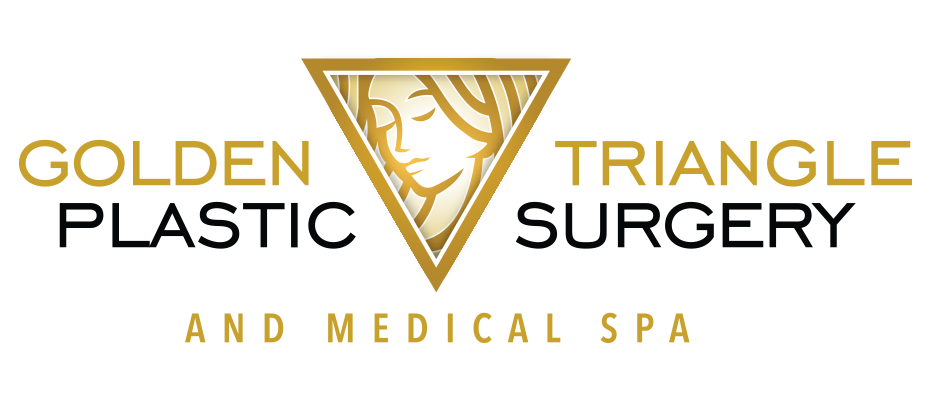In the past, most facelifts were performed with general anesthesia. General Anesthesia involves a ventilator, with the patient completely unconscious and reliant on the ventilator for oxygen. The advantage of this is that the patient sees and feels nothing, and is completely still during surgery. Disadvantages include greater risk for older patients or those with underlying conditions, lower vascular tone which can lead to more bruising, and nausea and vomiting after surgery. In our San Diego practice, I find that more than half of our patients are able undergo twilight sedation as a substitute for general anesthesia.
Twilight sedation facelift involves placing and IV, and administering medications to make the patient sleepy and comfortable (reduced pain sensation), and is an excellent fit for facelift surgery. As part of the procedure, I inject local anesthetic under the skin to numb the entire face and neck. As a result, the twilight anesthesia is only necessary to maintain a state of sleepiness, and not necessarily to control pain since the patient is already numb. This combination of twilight sedation and local anesthesia reduces the amount of IV medication required. Patients experience little to no nausea, and wake up quickly from the surgery.
An added benefit of twilight sedation for facelift surgery is less downtime or recovery. General anesthesia lowers vascular tone and resistance, which leads to more bruising. Patients undergoing general anesthesia are more likely to require drains and take more time to resume normal activities after surgery. With twilight anesthesia, the patient maintains vascular and muscle tone, but remains relaxed.
Facelift surgery has progressed markedly over the past decade. The deep plane facelift with fat grafting has evolved to become the gold standard. Along with advancements in surgical technique, anesthesia technique has improved to the point that ventilators are no longer universally required and twilight anesthesia has become popular.


